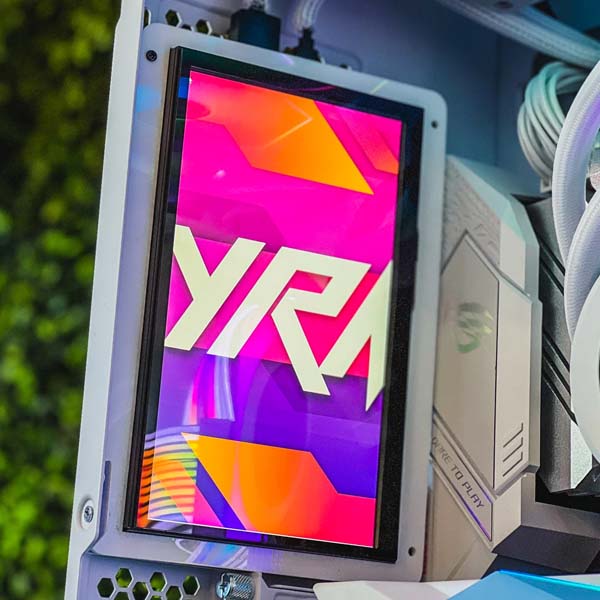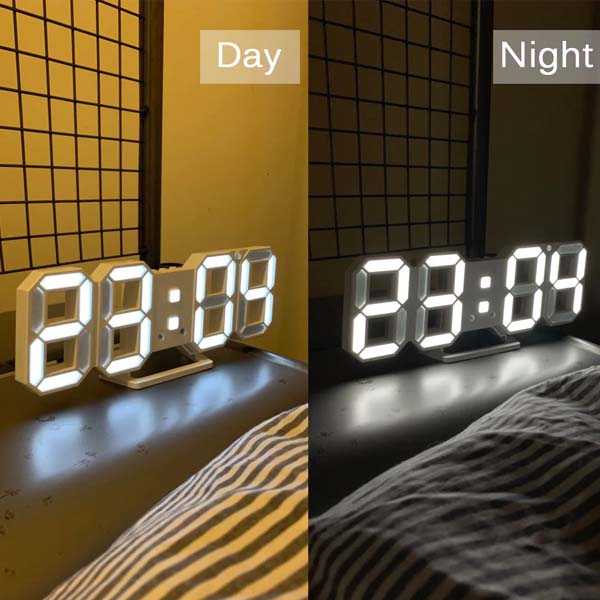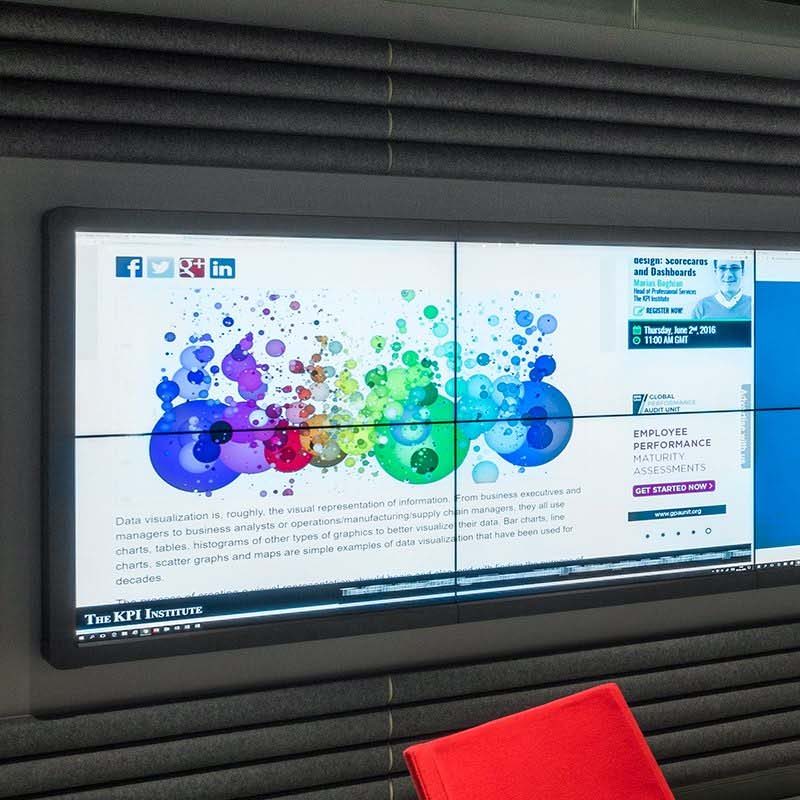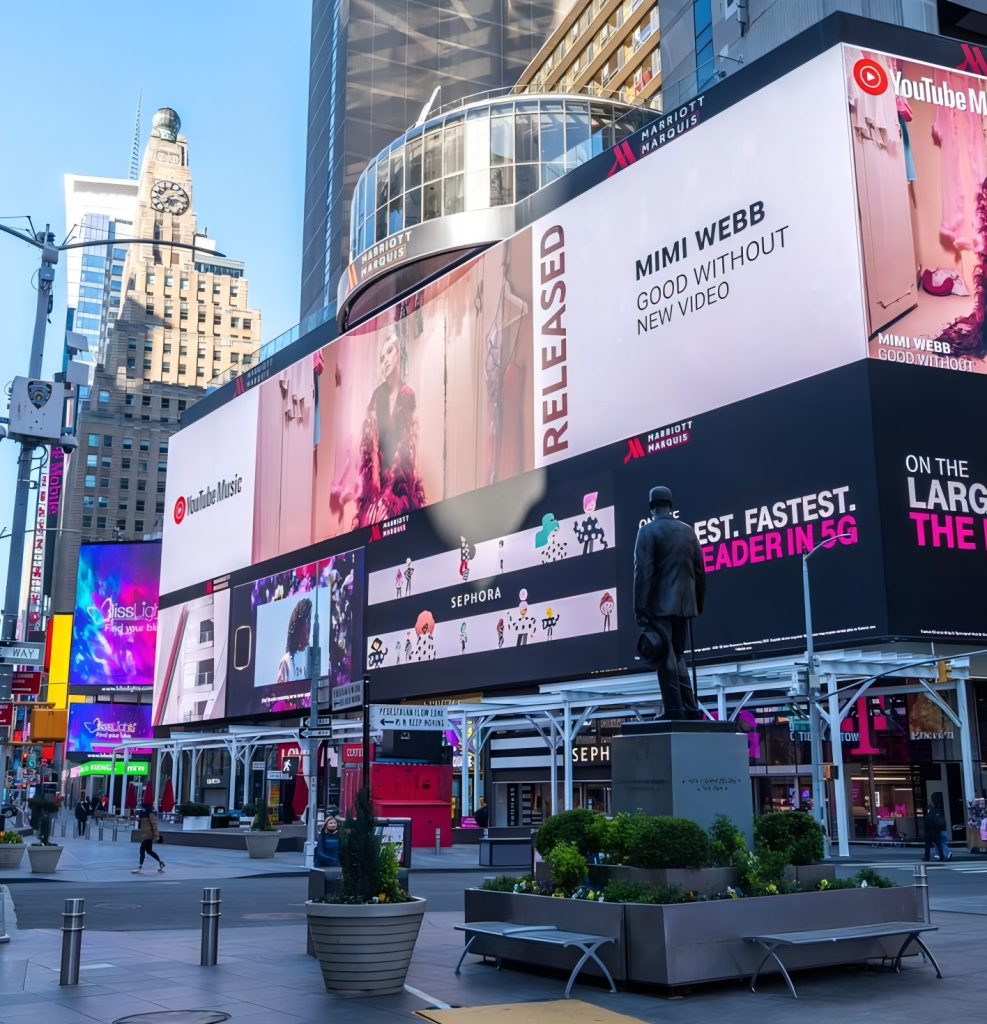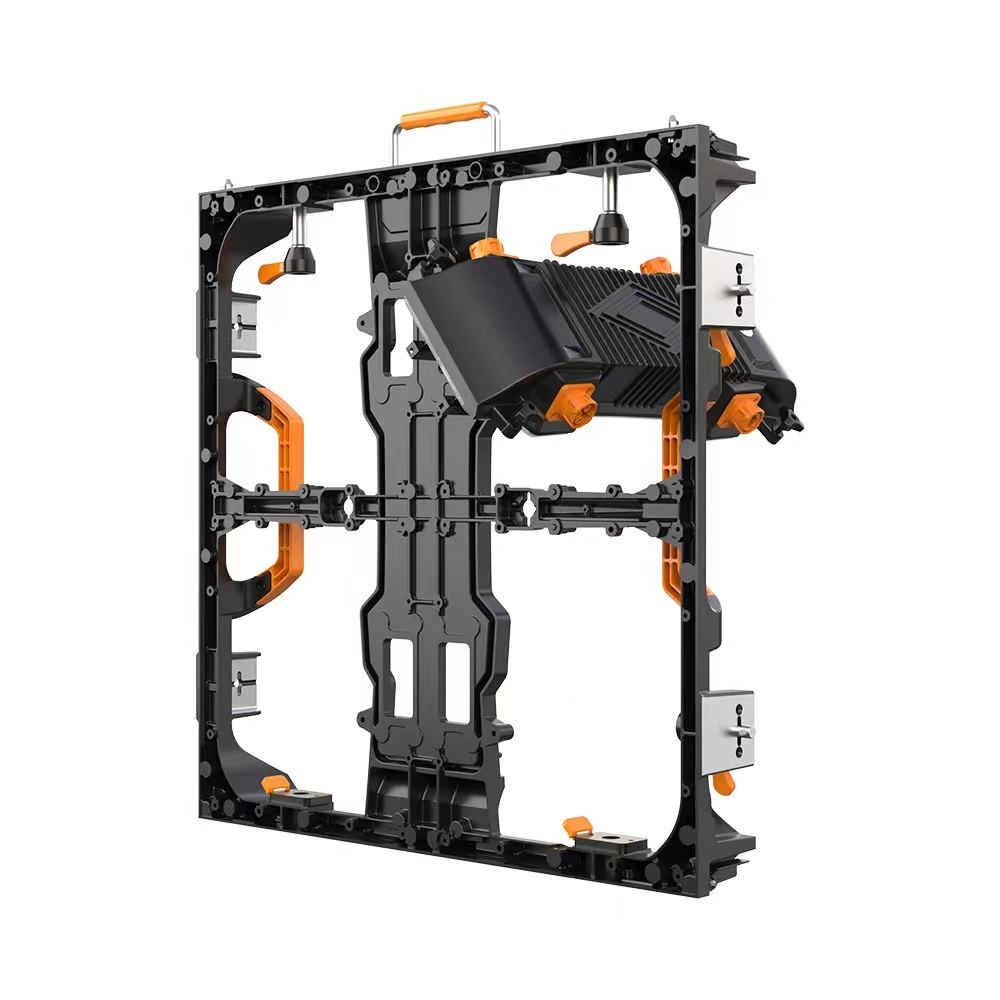Transparent LED displays have become a powerful visual tool for modern architecture, retail, and outdoor media. Their ability to deliver vivid content without blocking light or sightlines makes them both functional and elegant. But for businesses planning long-term investments, one question naturally arises:
How long do transparent LED displays actually last—and what factors influence their longevity?
Let’s take a closer look.

What Is the Typical Lifespan?
Most high-quality transparent LED displays have a rated service life of 80,000 to 100,000 hours, which translates to 8–11 years of continuous use. This estimate refers to the time it takes for brightness to degrade to around 50% of its original level under normal operating conditions.
However, the actual usable lifespan may vary depending on usage patterns, environment, and maintenance.
Key Factors That Affect Lifespan
1. LED Quality and Brand
The quality of the LED chips (SMDs or COBs) plays a significant role. Well-known brands like NationStar, Cree, or Nichia tend to offer longer durability, better heat resistance, and consistent brightness over time.
2. Operating Hours and Brightness Settings
Displays running 24/7 at full brightness may wear out faster than those used intermittently or with automatic brightness adjustment.
Pro Tip: Lowering brightness by just 20% can significantly extend LED longevity.
3. Installation Environment
Outdoor transparent LED screens face harsher conditions than indoor ones. Factors include:
Sunlight exposure
Humidity and moisture
Air pollution and dust
Wind and temperature shifts
Proper weatherproofing and ventilation are critical for outdoor units.
4. Power Supply and Heat Management
Stable voltage and effective heat dissipation are essential. Overheating is one of the most common causes of early LED aging. Look for displays with:
Industrial-grade power supplies
Aluminum or die-cast housings
Built-in cooling channels or fans
5. Maintenance and Cleaning
Dust buildup, loose cables, or neglected damage can shorten the screen’s lifespan. Routine maintenance (monthly cleaning, annual inspections) can keep systems running optimally for years.
Signs It’s Time to Replace or Upgrade
Even before full burnout, older transparent LED displays may show:
Uneven brightness or color fading
Pixel dropout (black spots or dead zones)
Increased power consumption
Slower system response or outdated interfaces
If image quality begins to affect your brand image or customer experience, it may be time to upgrade—especially given the rapid advancements in display clarity and energy efficiency.
How KSSDISPLAY Maximizes Longevity
At KSSDISPLAY, we design every transparent LED solution with long-term performance in mind. Our display systems feature:
Premium LED chips with low decay rates
Smart brightness control based on ambient light
IP-rated waterproof designs for outdoor use
Remote monitoring systems for early fault detection
Optional service contracts for periodic maintenance
Whether it’s a glass curtain wall, showroom window, or outdoor landmark, we ensure your screen stays brilliant for the long haul.
Final Thoughts
A transparent LED display isn’t just a one-time installation—it’s a long-term communication tool. By choosing high-quality components, managing operating conditions, and following a smart maintenance plan, you can expect your display to perform reliably for nearly a decade or more.
And with the right technology partner, every year of service means better ROI and stronger visual impact.

